Today, on October 9th, IBEC’s bond issue series 001P-01 (ISIN code: RU000A100VX2) settled at Moscow Exchange. The bond issue in the amount of RUB 7 bn was fully placed. The Lead-Managers of the deal were Raiffeisenbank, Sberbank CIB, Rosselkhozbank and Sovcombank.
The order book for IBEC’s 001P-01 series bonds was closed on 27 September 2019. Investors were offered bonds with a maturity of ten years and put-option of three years. The initial indicative transaction size was floored at RUB 5 bn. And the initial coupon rate guidance of 8.00-8.25% p.a. made for an effective yield to put (YTP) of 8.16-8.42% p.a. Investors applied 28 orders during the marketing. Demand for the bond issue totaled about RUB 14.5 bn, which was more than two times higher than the final size of the bond issue. Investors’ strong interest during the book-building process made it possible to increase the offer to RUB 7 bn, revise the coupon guidance to 7.90-8.00% p.a. and set the final rate at a lower level (7.90% p.a., or YTP of 8.06% p.a.).
Chairman of the IBEC Board, Denis Ivanov, believes that placement results position the bank as a high-quality and reliable borrower. “Positive dynamics in the implementation of the new strategy, which is reflected, inter alia, in the growth of financial indicators, Bank status as a multilateral development institution, a portfolio of investment projects, - all of the above give us and investors guarantees of sustainable development and financial viability”. Commenting on the parameters of the issue, Mr. Ivanov noted: “this is a debut placement and we initially understood that investors were waiting for a small premium. In general, we very positively evaluate the results and thank the organizers of the placement, who are also our partners in other areas of business."
Anatoly Shvedov, Head of Corporate and Investment Banking Products, Managing Director of Raiffeisenbank: “The organizers highly value the results of the IBEC bonds placement. High-quality preparatory work and high standards of the issuer's corporate governance made it possible to attract all major classes of investors in the ruble corporate market to participate in the issue and to ensure a substantial oversubscription – more than double. At the same time, the issuer was able to increase the issue volume without affecting the final distribution of securities among investors. This should contribute to the emergence of a liquid secondary bond market and the establishment of a reliable benchmark for the formation of the issuer's yield curve in case of future transactions.”
 Ru
Ru Bằng tiếng việt
Bằng tiếng việt
 Mongoloor
Mongoloor

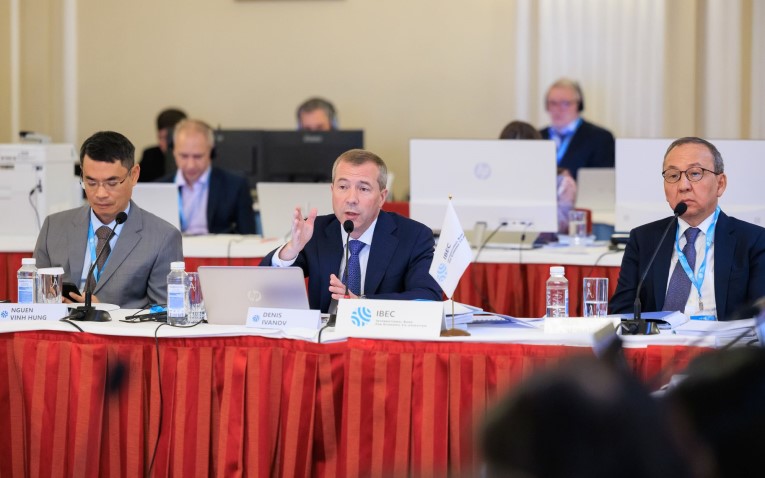

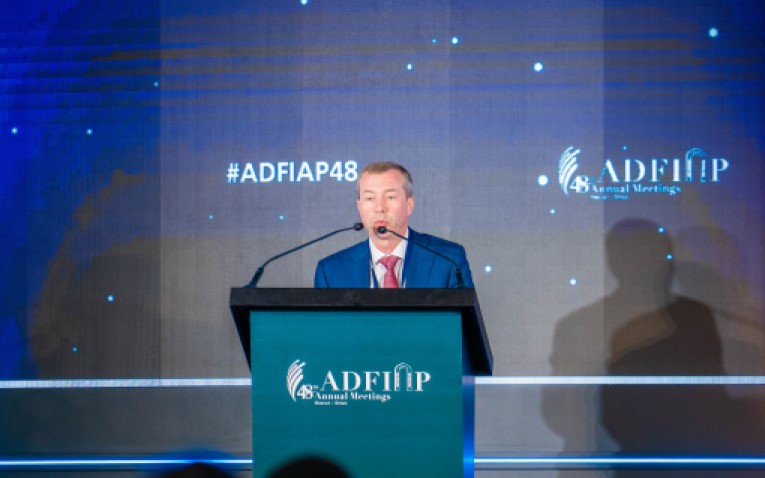



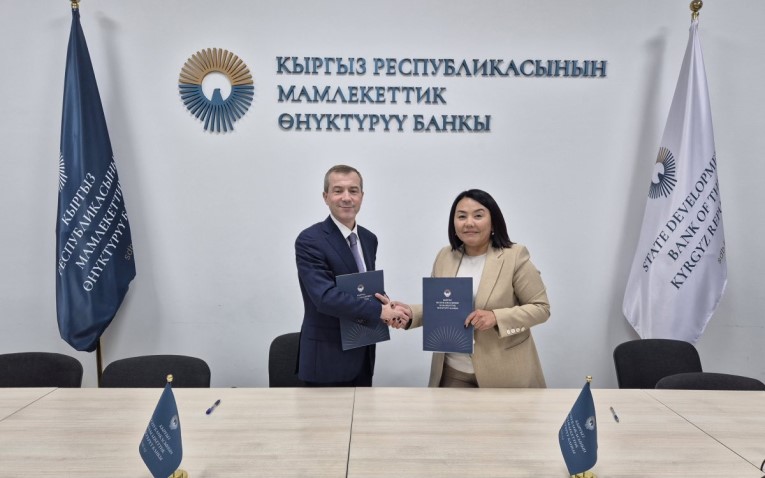









 765X478.jpeg)























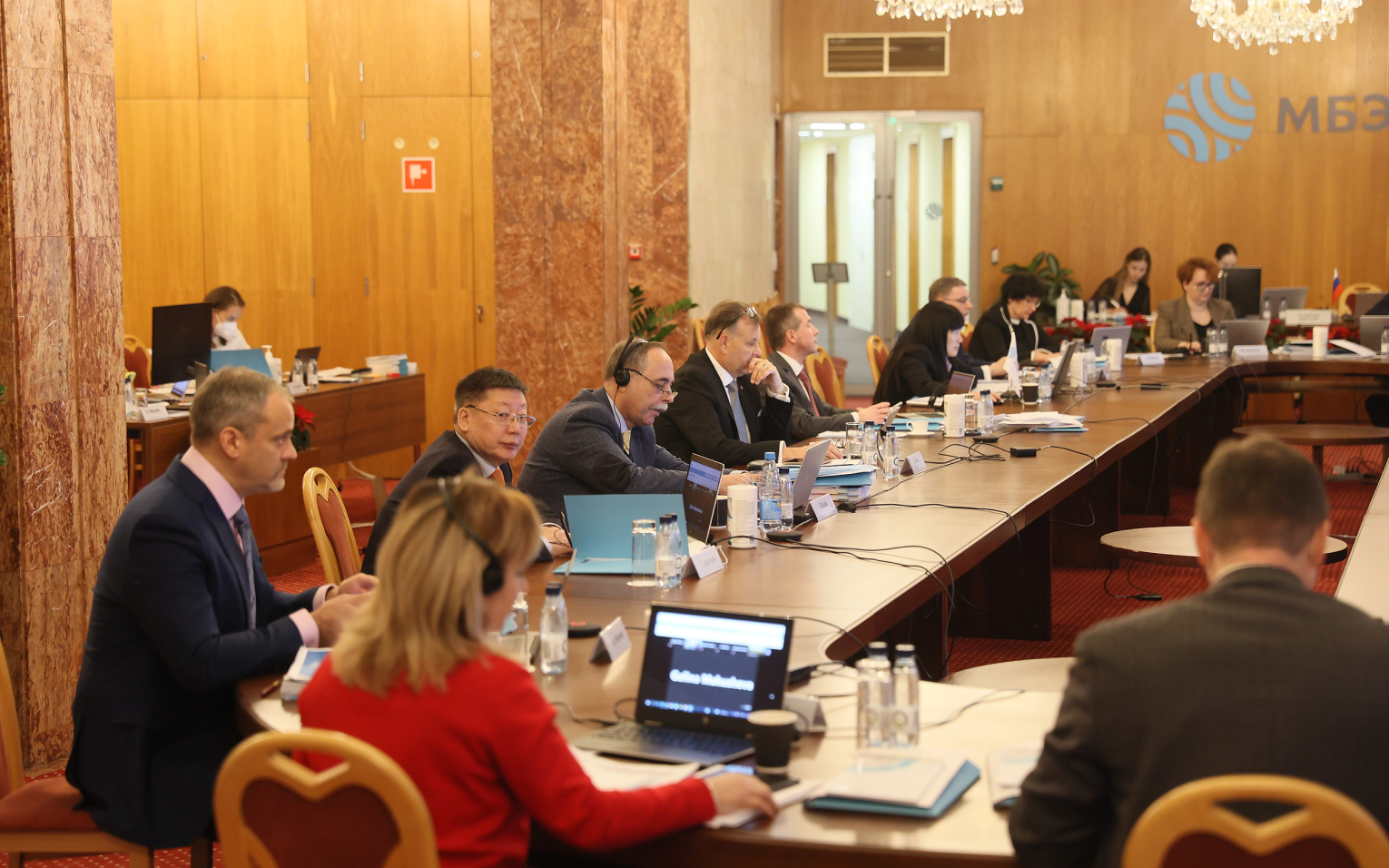











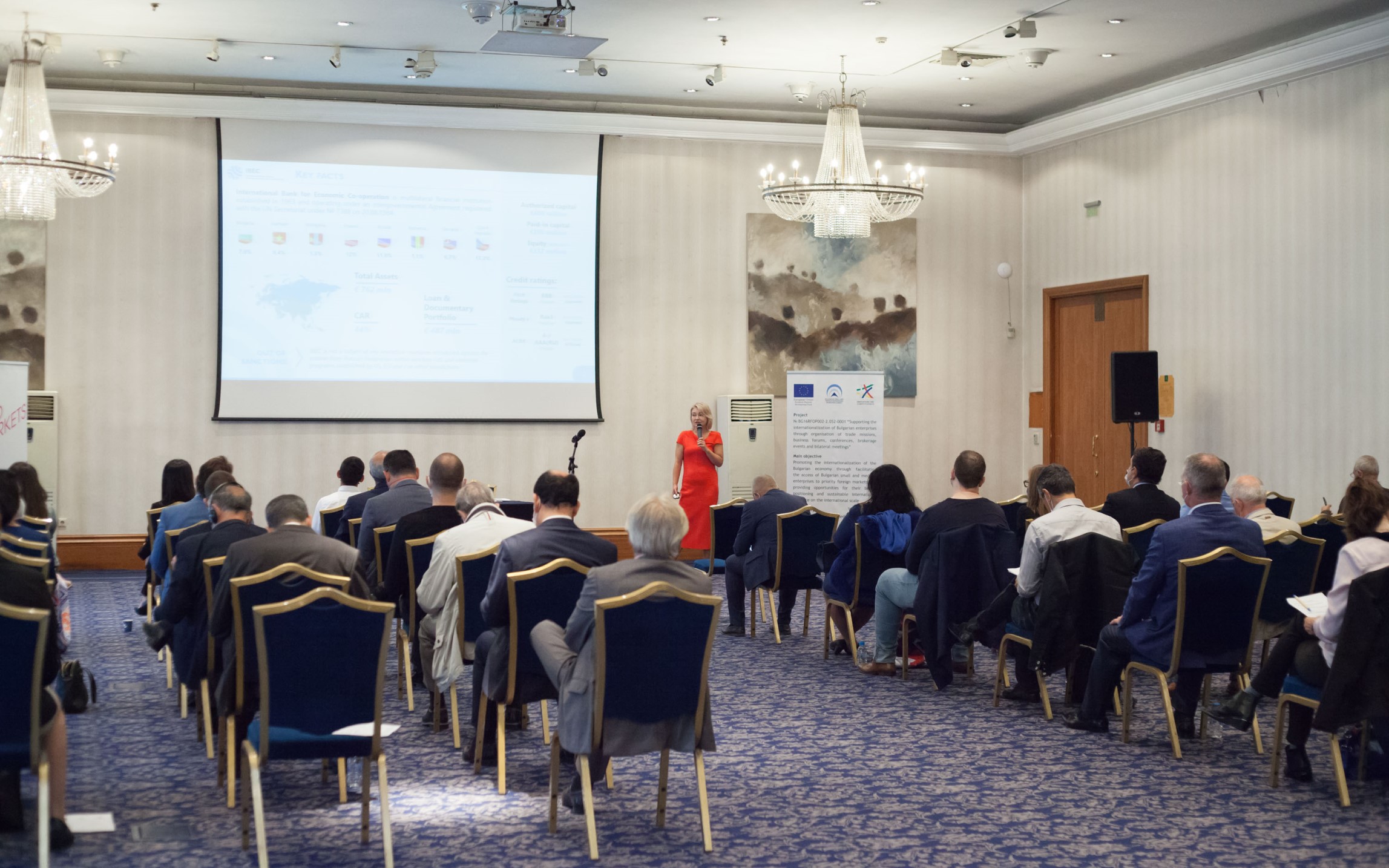









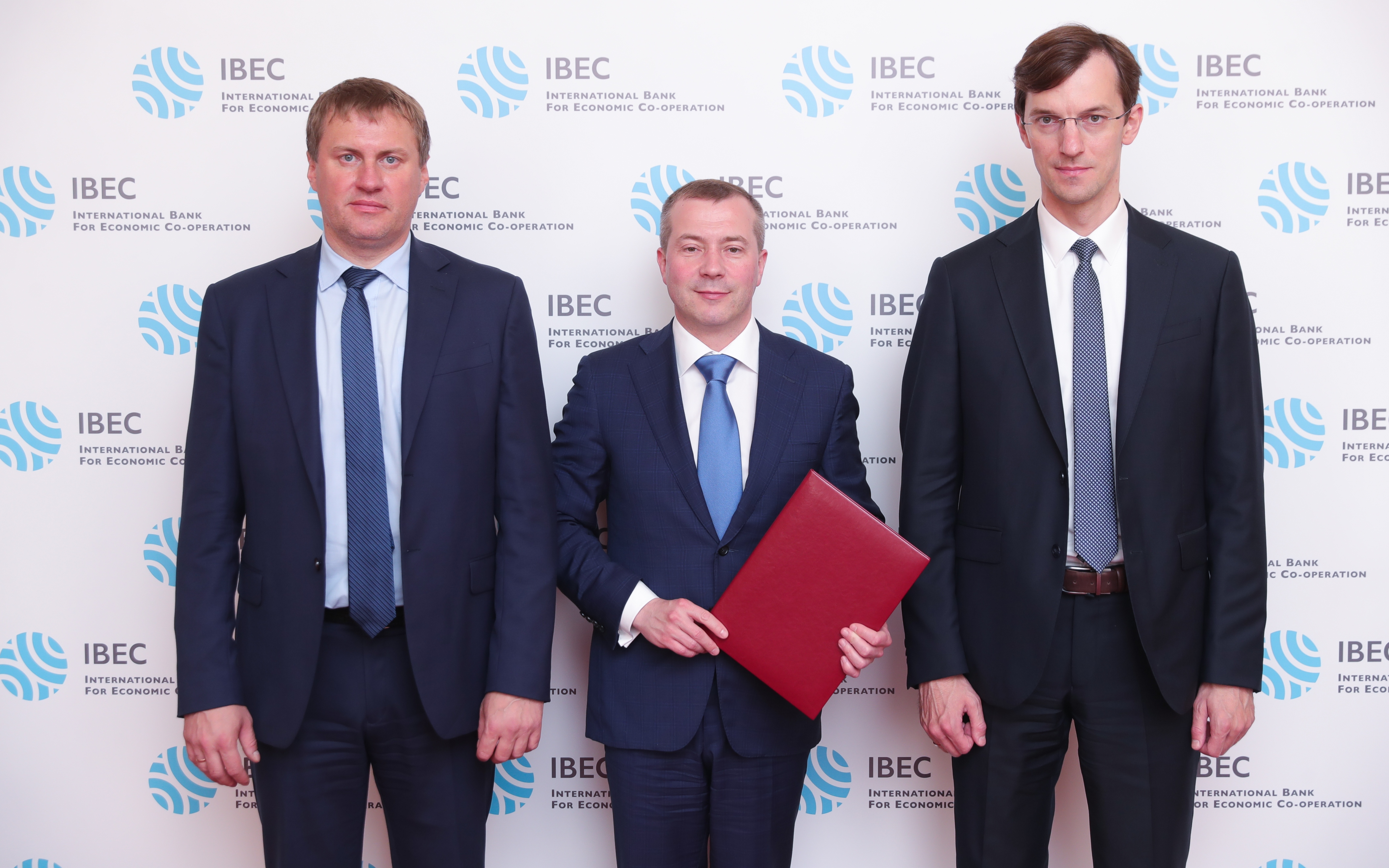
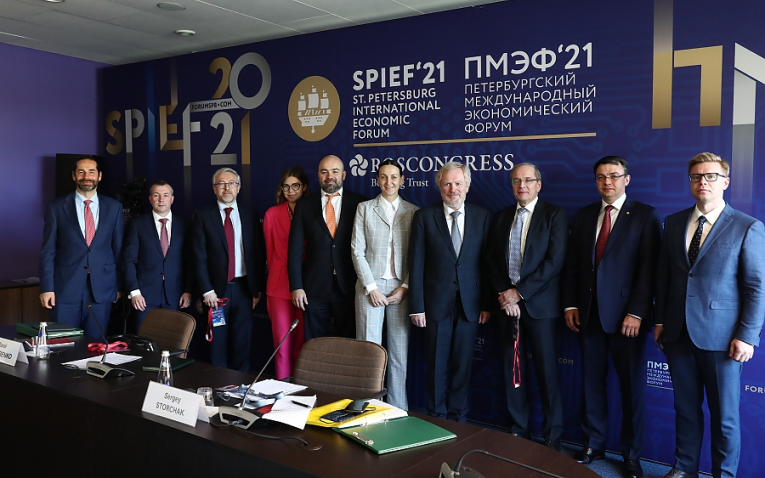
.jpg)
.jpg)
.jpg)
































